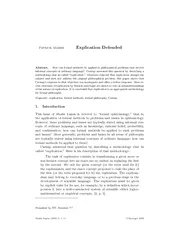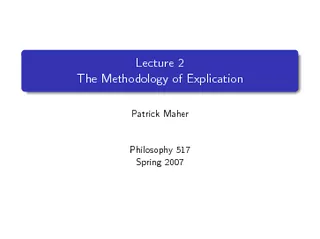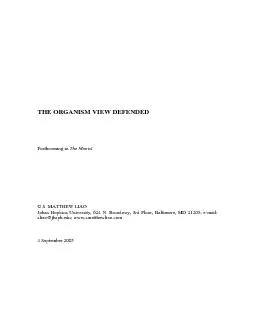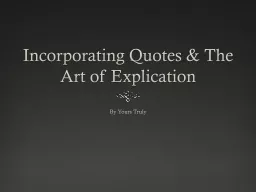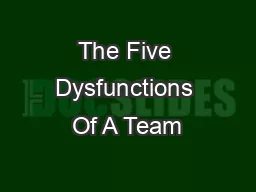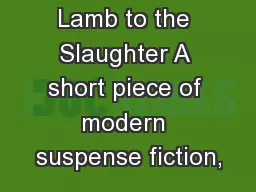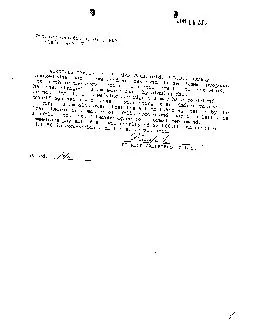PDF-Patrick Maher Explication Defended Abstract
Author : jane-oiler | Published Date : 2015-06-15
How can formal methods be applied to philosophical problems that involve informal concepts of ordinary language Carnap answered this question by describing a methodology
Presentation Embed Code
Download Presentation
Download Presentation The PPT/PDF document "Patrick Maher Explication Defended Abstr..." is the property of its rightful owner. Permission is granted to download and print the materials on this website for personal, non-commercial use only, and to display it on your personal computer provided you do not modify the materials and that you retain all copyright notices contained in the materials. By downloading content from our website, you accept the terms of this agreement.
Patrick Maher Explication Defended Abstract: Transcript
Download Rules Of Document
"Patrick Maher Explication Defended Abstract"The content belongs to its owner. You may download and print it for personal use, without modification, and keep all copyright notices. By downloading, you agree to these terms.
Related Documents

